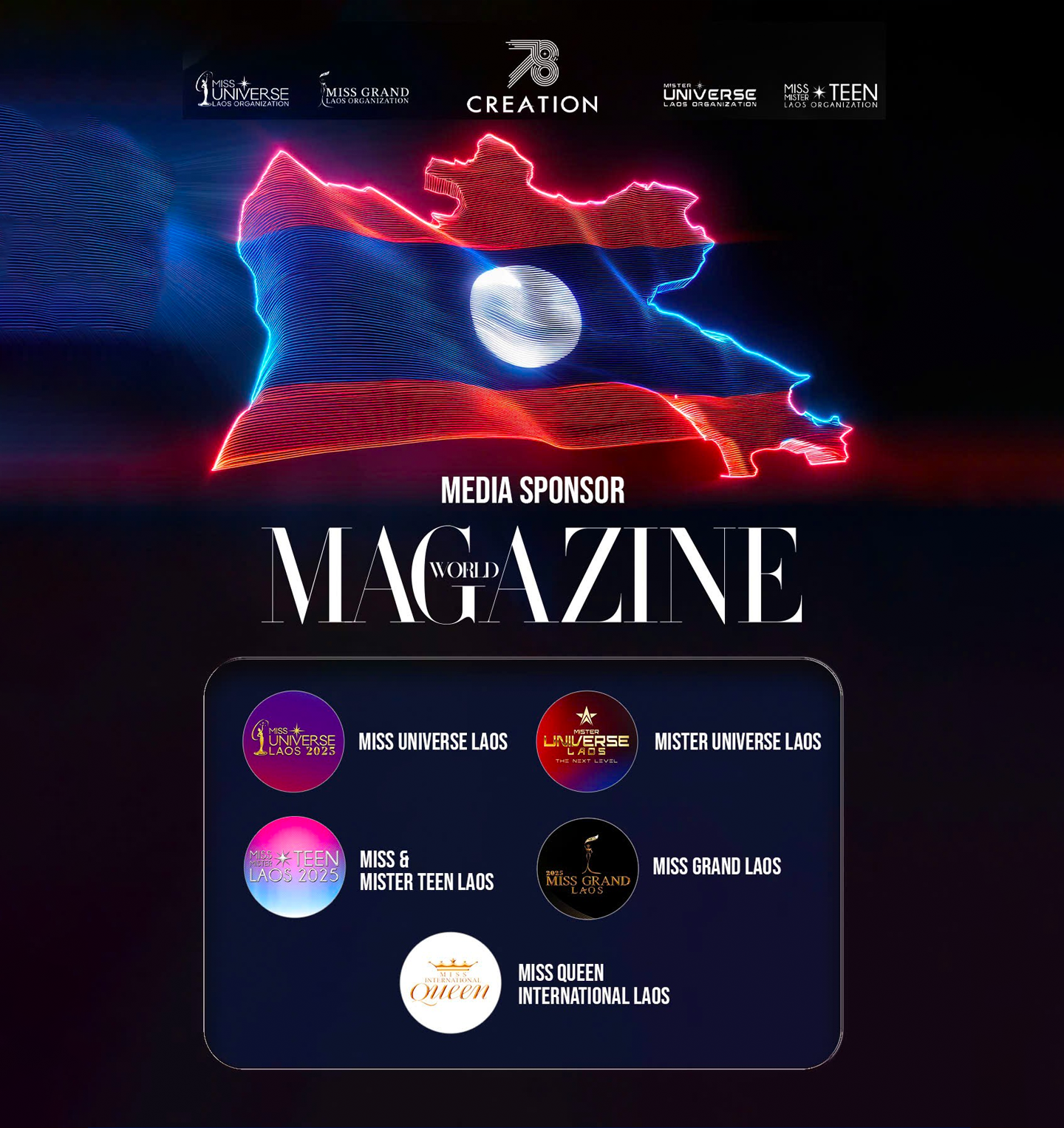Clayton Korte’s adaptive transformation of the Samuels Glass factory in San Antonio’s Pearl District revives a 54,000-square-foot industrial relic as Pullman Market—a bustling food and culture destination where heritage, agriculture, and architecture converge.
Honoring place through preservation
Rather than demolish and rebuild, Clayton Korte preserved the original brick structure, exposed clay tile floors, and distinctive sawtooth roof trusses of the 1948 building. These historic details are not just decorative—they anchor the market’s atmosphere in memory and authenticity. The firm embraced the building’s imperfections and layers of history, creating a contemporary space that respects its industrial past while reducing construction waste and environmental impact.

Light-filled spaces and spatial choreography
To bring clarity to the irregular geometry of the original factory, the architects introduced open courtyards, generous skylights, and double-height spaces that bathe the interior in natural light. These architectural interventions help orient visitors and create a fluid circulation system that echoes the dynamic nature of a working marketplace. At the same time, thermal upgrades like roof insulation and energy-efficient glazing enhance comfort and performance without disrupting the building’s historic character.

Celebrating texture, craft, and the regional palate
Inside, Pullman Market is a sensorial journey. More than 150 vendors—ranging from fishmongers to bakers—are drawn from within 100 miles, reinforcing the space’s local ethos. Interiors are a tactile collage of wood, steel, concrete, and original brick, punctuated by warm lighting and thoughtful signage. The stalls are designed not just for selling food, but for showcasing the artistry of its preparation. Every element, from butcher blocks to tiled counters, tells a story of craft, culture, and care.

A new civic heart for the Pearl District
Pullman Market goes beyond commerce—it’s a living room for San Antonio. The space functions as a communal platform for food education, culinary experimentation, and neighborhood gathering. It anchors the Pearl District’s cultural revitalization, acting as both marketplace and public commons. By reimagining an old factory into a porous, people-centric environment, Clayton Korte proves that adaptive reuse can be both emotionally resonant and economically vibrant.

Pullman Market stands as a testament to the power of architectural empathy—an old glass factory reimagined as a stage for contemporary life, rooted in history but reaching outward to community and cuisine.




